Home » ternary lithium battery » What is ternary lithium battery?
What is ternary lithium battery?
Nowadays, the automobile industry is in the process of high-speed electrification, and auto batteries have become a very important part of electric vehicles, which to a considerable extent affects and determines the cost, mileage, price, stability and safety of the vehicle.
Therefore, the importance of the auto batteries is more than the engine of the traditional fuel car.And which kind of battery to choose to ensure the good performance of the electric car has become a problem. Ternary lithium battery is one of the main cell material of electric vehicle battery.
This article will introduce the concept, advantages and disadvantages of ternary lithium battery for you, as well as the comparison between ternary lithium battery and lithium iron phosphate battery, and the new product of ternary lithium battery: ternary iron lithium battery.
The concept of ternary lithium battery
Ternary lithium battery is a kind of lithium-ion battery. One way to classify lithium-ion batteries is by cathode material. There are many kinds of cathode materials of lithium batteries, mainly lithium cobalt acid, lithium manganese acid, lithium nickel acid, ternary materials, lithium iron phosphate and so on.
You can better understanding the ternary lithium battery from the video below(1:29 – 2:24).

Generally, the cathode material of lithium battery is lithium cobalt acid, and the ternary lithium battery is the lithium battery that uses the ternary material lithium nickel cobalt manganese acid as the cathode material.
There are also ternary lithium batteries that use nickel, cobalt, and aluminum as cathode materials. Lithium nickel cobalt manganese acid is cheaper than lithium cobalt acid, and the current ternary material cell has replaced the previously widely used lithium cobalt-manganese cell. We’ve summarized the top 10 ternary material manufacturers before, you can read this article to learn more about ternary materials.
-
72v lithium ion battery
72 volt 50ah LifePO4 battery applietd for electric motorcycle swap system
Rated 0 out of 5Read more -
18650 lithium ion battery
3.7v 22.5ah 18650 battery 3.7 v lithium ion rechargeable battery
Rated 0 out of 5Read more
Advantages of ternary lithium battery
The light motorcycle battery of TYCORUN ENERGY ODM lithium ion battery pack manufacturers is ternary lithium battery, Nickel, cobalt and manganese ternary materials have the following advantages respectively.
Co3+ : reduce the cationic mixture occupying, stabilize the layered structure of the material, reduce the impedance value, improve the conductivity, improve the cycling and efficiency performance.
Ni2+ : can improve the capacity of the material (improve the volume energy density of the material), and due to the similar radius of Li and Ni, too much Ni will dislocation with Li and lead to lithium and nickel mixing.
The greater the concentration of Nickel ion in the lithium layer, the more difficult it is for lithium to disassemble in the layered structure, resulting in poor electrochemical performance.
Mn4+ : It can not only reduce the cost of materials, but also improve the safety and stability of materials. However, high Mn content will easily appear spinel phase and destroy the layered structure, resulting in reduced capacity and cyclic attenuation.
High energy density and good cycle performance are the biggest advantages of ternary lithium battery, which is also an important factor of the battery. The voltage platform determines the basic efficiency and cost of the battery, and is an important indicator of the battery energy density.
The higher the voltage platform, the greater the specific capacity. So the same volume and weight, or even the same ampere hour of the battery, the higher the voltage platform of the ternary lithium battery, the longer it will last.
Specifically, the discharge voltage platform of single ternary lithium battery is as high as 3.7V, lithium iron phosphate is 3.2V, and lithium titanate is only 2.3V. Therefore, from the perspective of energy density, ternary lithium battery has absolute advantages and is a battery with excellent comprehensive performance.
Disadvantages of ternary lithium battery
The biggest disadvantage of ternary lithium battery is relatively low safety, and it has a low fire point when it got hit and when the temperature is high . As introduced above, ternary lithium battery mainly has nickel-cobalt aluminate lithium battery, nickel-cobalt manganese lithium battery.
Due to the unstable structure of nickel-cobalt aluminum at high temperature, it leads to poor safety at high temperature, and the pH value is too high to make the monomer inflate, which leads to danger.
Comparison of ternary lithium battery and lithium iron phosphate battery
In the field of electric vehicles, ternary lithium battery and lithium iron phosphate battery are two mainstream. Their physical and chemical structures are different, so the material properties are also different, leading to the difference in performance.
The advantages of ternary lithium battery cell are high energy density, good low temperature performance, high charge and discharge density, accurate electric quantity estimation, and the advantages of lithium iron phosphate cell are low cost, safety and stability.
Energy density
This is because from the perspective of the structure of the material itself, ternary material has lower molecular weight under the same number of lithium ions, so its specific capacity is higher than that of iron lithium, and the energy density of the battery is also higher.
The crystal structure of ternary materials is layered. During the charging and discharging process, Li+ is deembedded in the inter-layer structure of MO6 (Mn=Ni, Mn, Co). With the increase of nickel content, the deembedded Li+ increases, and the theoretical capacity and battery energy density of ternary materials increase.
The lithium iron phosphate crystal presents a three-dimensional network olivine structure, forming a one-dimensional Li+ transport channel, limiting the diffusion of Li+. At the same time, the octahedral FeO6 is co-apex linked, resulting in electron mobility 100-1000 times slower than that of the ternary layered structure.
The lithium ions in the ternary cathode electrode can move in two different directions, which makes the battery more powerful and more capable of charging and discharging than lithium iron.
Safety and stability
However, as the radius of Ni2+ (0.069nm) and Li+ (0.076nm) is close to each other, the probability of Li and Ni mixing increases rapidly with the increase of nickel content in terpolymer sintered materials at high temperature, which makes Li+ disintercalation difficult, resulting in the reduction of specific capacity and cycling properties of materials and difficult to reverse.
In addition, with the increase of nickel content, the unstable Proportion of Ni3+ in the material increases, which tends to react with moisture and carbon dioxide in the air, exacerbating the loss of specific capacity and cycling performance.
On the contrary, the P-O chemical bond of lithium iron phosphate is relatively stable, which will decompose only when the temperature reaches 700-800 degrees Celsius. Even if the battery is deformed and damaged, oxygen molecules will not be released and violent combustion will occur. Therefore, lithium iron battery has better stability and safety performance.
Temperature performance
In addition, by comparing the performance differences between ternary lithium battery and lithium iron phosphate battery, it is found that the ternary cathode has advantages in cathode specific capacity and battery energy density due to the active layered lattice structure compared with olivine structure of lithium iron, and its low temperature performance is also better than that of lithium iron.
The release capacity of ternary lithium battery is 15pct higher than that of iron lithium battery at minus 20℃. This performance difference will enable cars equipped with ternary lithium battery to have a better mileage than iron lithium battery in winter.
Because of its more stable lattice structure, the lithium iron material has an obvious advantage in safety and stability at high temperature. At the same time, the stable structure of iron lithium also brings higher first effect and cycle life than ternary.
SOC curve
In addition, the electrochemical performance of ternary lithium battery and lithium iron phosphate battery is also different because of the SOC curve. The SOC curve of ternary lithium battery has a relatively linear relationship with its voltage level, while the SOC curve of lithium iron battery cannot be easily determined by its voltage transformation because of its long charging and discharging platform and the voltage mutation after the plateau period.
The estimated SOC of ternary lithium battery is within 1-2% of its actual value, while the estimated SOC of iron lithium battery may be about 10% of its actual value. Car owners often want to know how long will auto batteries last when driving(click the link to get to know how to calculate), due to the difference of SOC curve, car with ternary lithium battery is more able to calculate and display the remaining range, while car with iron lithium model is prone to a sudden drop in the range display coefficient, thus bringing the difference in the use experience of owners.
Cost advantages
In the same volume, ternary lithium battery always perform better energy density, that is, the same volume and mass, using ternary lithium battery can run farther. However, with the ternary (nickel, cobalt, manganese (aluminum)) materials, the proportion of nickel is increasing.
The battery’s energy density did improve further, but issues of longevity, overheating and even safety came up again. Not to mention the use of rare metals, resulting in ternary lithium battery have been burdened with high cost pressures.
At the same time, iron-lithium material has obvious price and cost advantages compared with nickel, cobalt and manganese, which are more scarce in ternary materials, because its components are mainly cheap iron and phosphorus.
Therefore, the advantages and disadvantages of ternary lithium battery and lithium iron phosphate battery are complementary. The biggest advantage of lithium iron phosphate is high safety and low cost. Theoretically, lithium iron phosphate battery can withstand about two times the temperature of ternary lithium battery, and will not release oxygen in the decomposition state, with low risk of spontaneous combustion.
Coupled with more cycles of charging, and does not contain the rare metal cobalt, resulting in a large cost advantage. Of course, the disadvantages of lithium iron phosphate are low energy density, serious attenuation at low temperature, large estimation error of remaining power and so on.
New product of ternary lithium battery:Ternary iron lithium battery
Theoretically, if lithium ternary and lithium iron phosphate cells are put together in series in a certain proportion, you can get a relatively balanced battery in all aspects. And after series, because the battery system has better heat resistance of the iron lithium cell, if the thermal loss of control, the iron lithium cell can also block the heat transmission to a certain extent.
However, no such series products have been produced, which means that this theoretically feasible solution has encountered huge and unsolvable problems in practice.
Nevertheless, recently, Nio has launched a ternary iron lithium battery pack, which means that the theoretical and practical difficulties have been solved and the product can be actually mass-produced.
(video:Lithium battery pack factory explains the pack process of 12v 24ah lithium ion battery in detail)

In fact, the characteristics of lithium iron phosphate and ternary lithium battery materials in the series battery pack, can avoid a considerable part of pain point of the new energy car is currently in use. Nio’s plan is just that. The new ternary lithium iron battery pack has a battery capacity of 75kWh, replacing the previous 70kWh ternary lithium battery pack.
The new pack has a 14% increase in energy density to 142Wh/kg, but only about 15kg more weight. According to official data, the mileage of NiO models with the new battery pack will increase by more than 30km compared with the previous period of 70kWh ternary lithium battery pack.

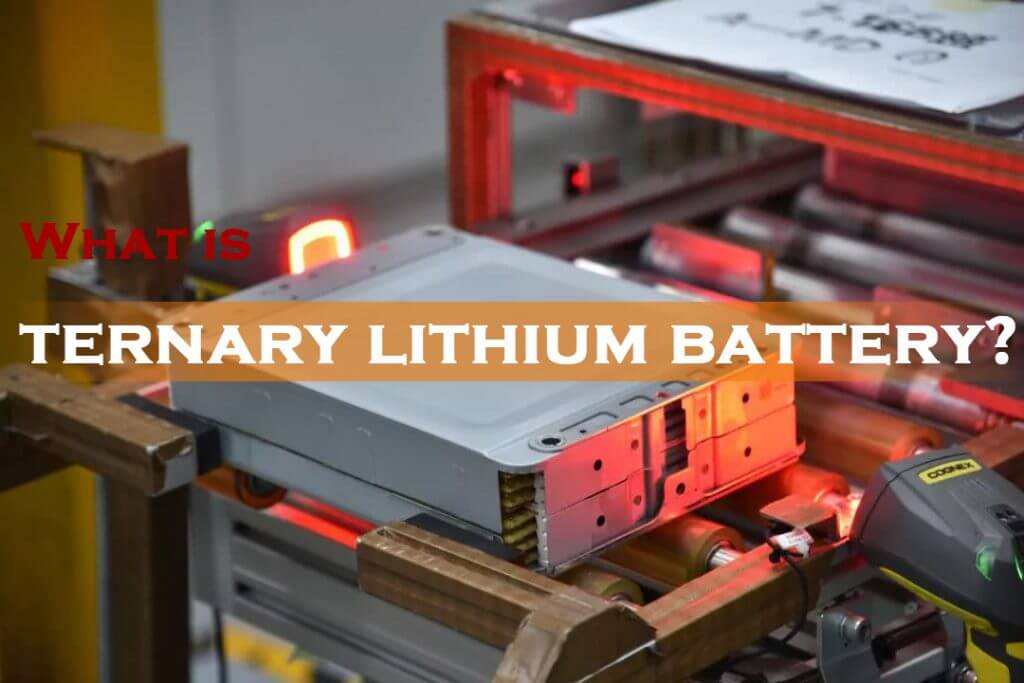
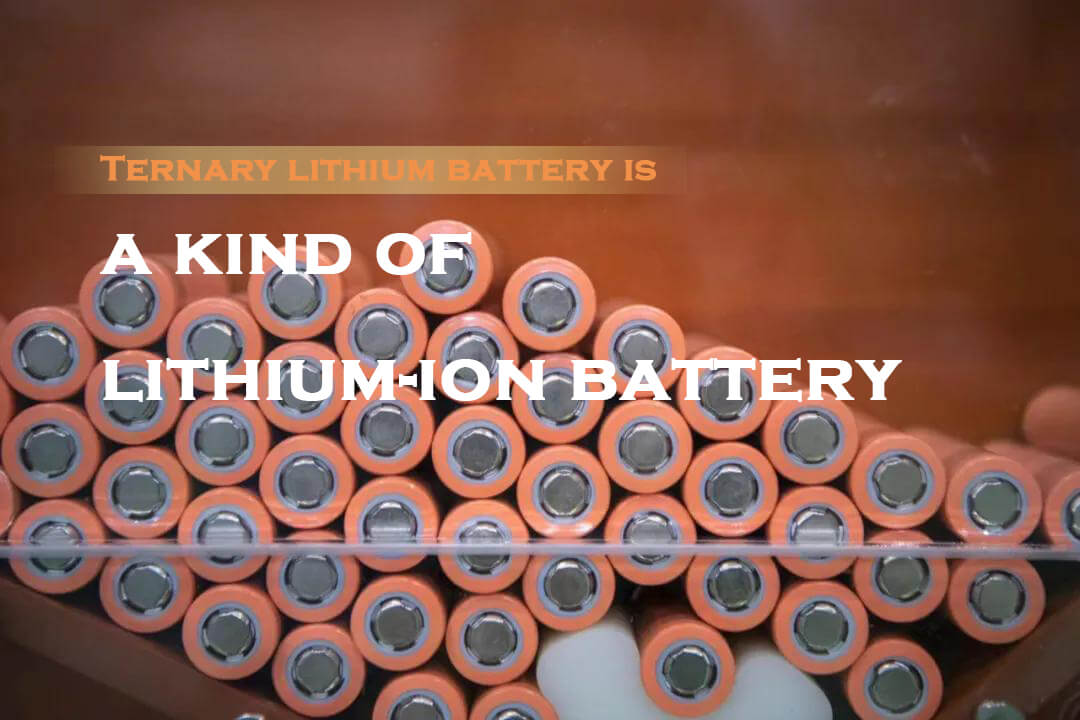
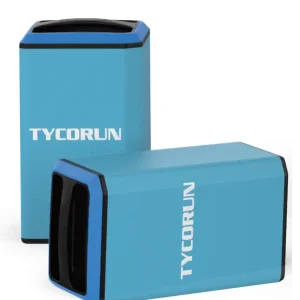
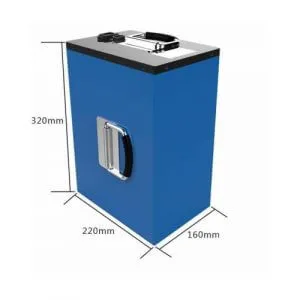
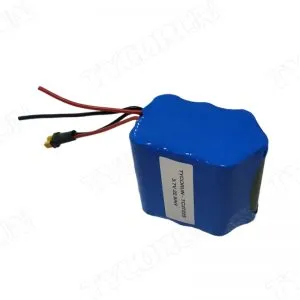
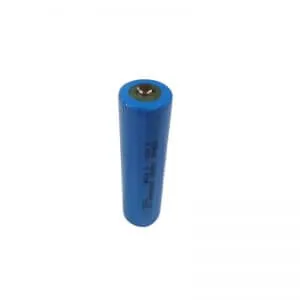
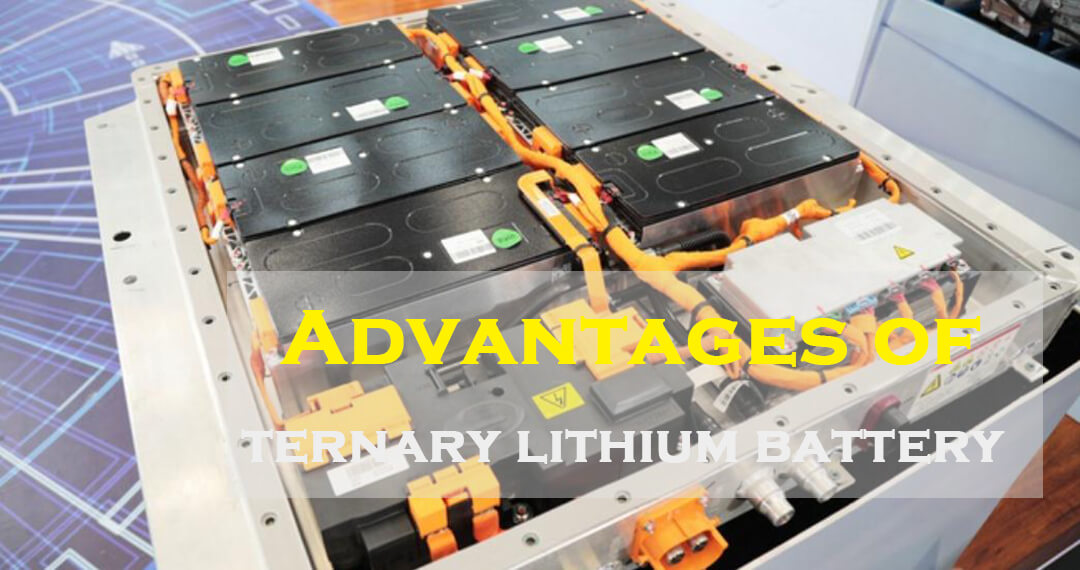
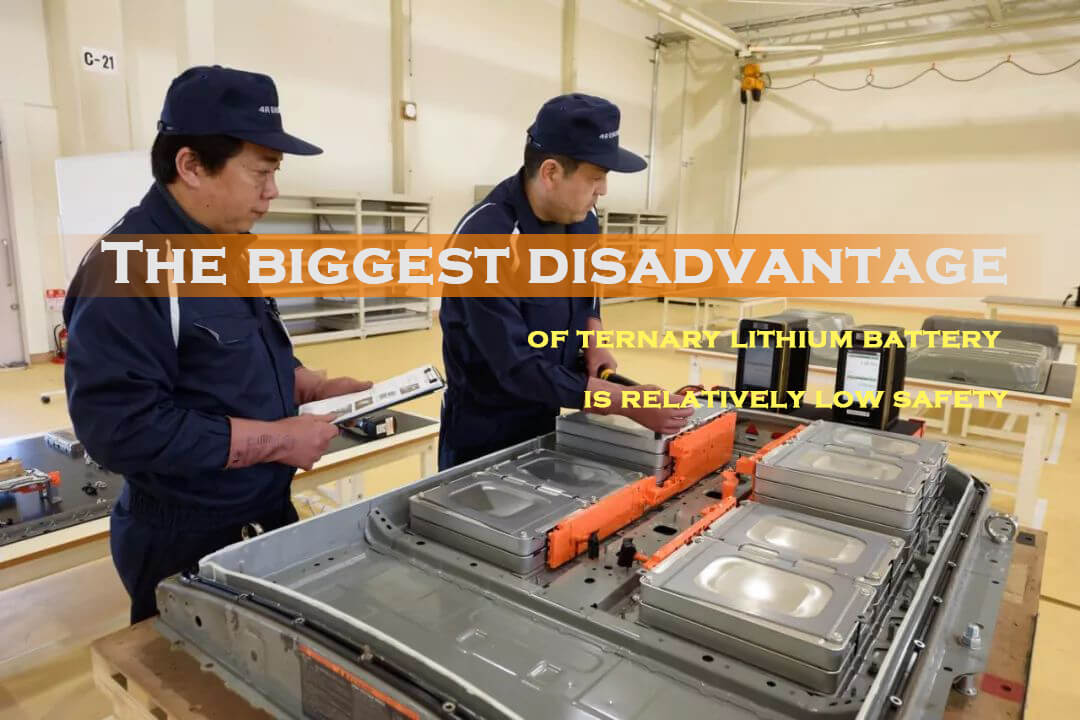
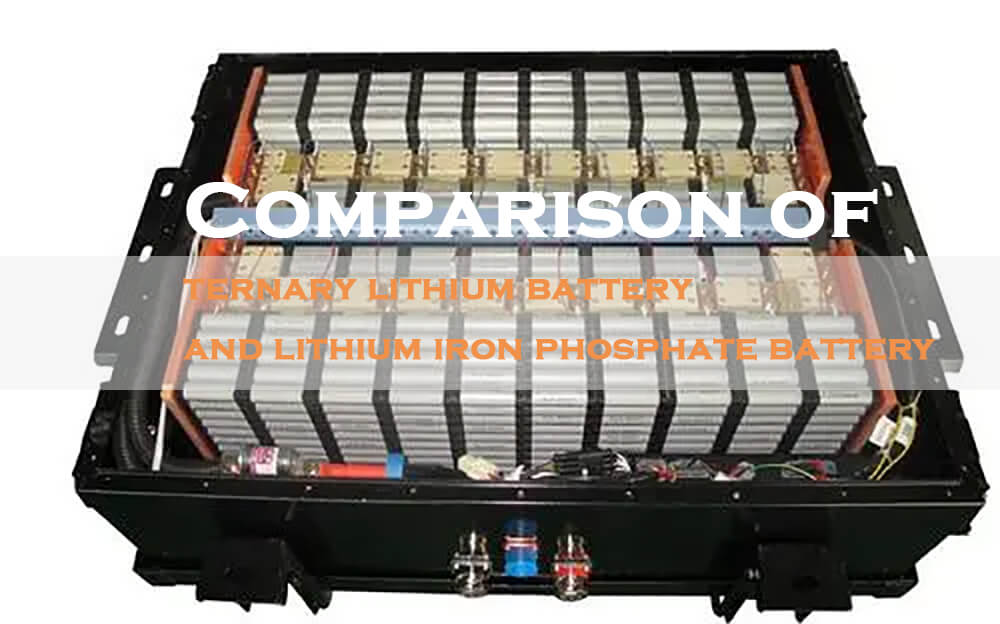
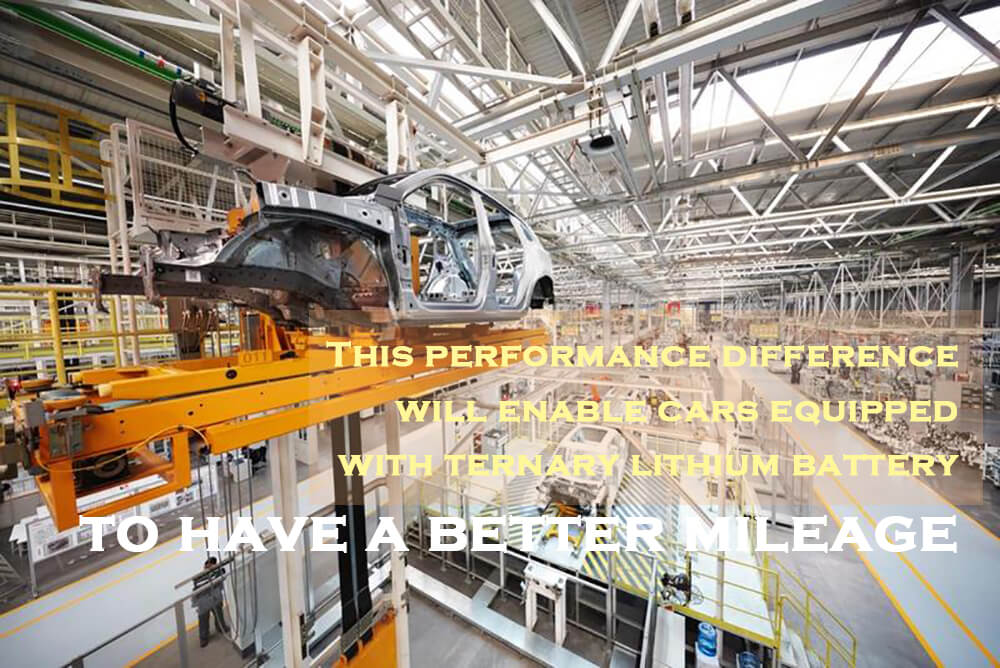
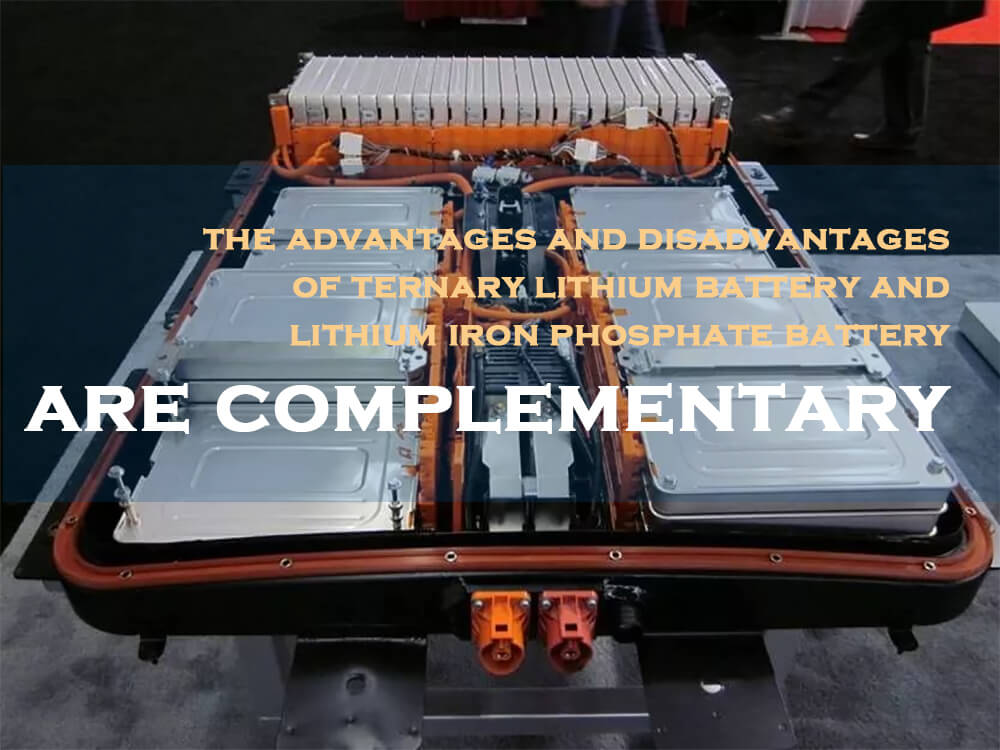
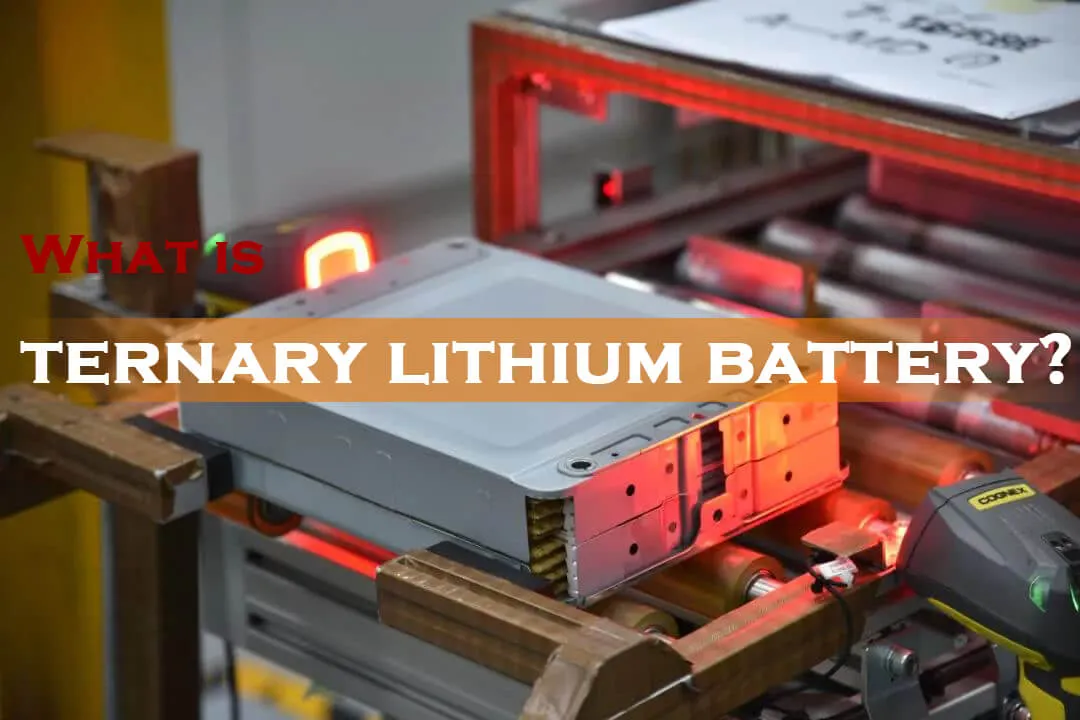
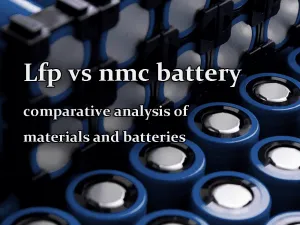
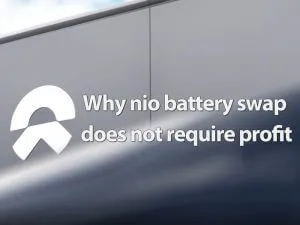
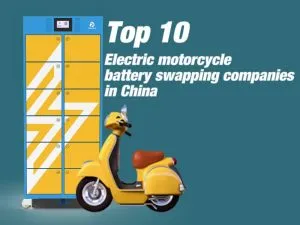

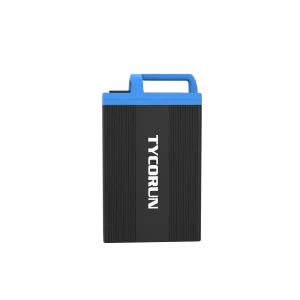
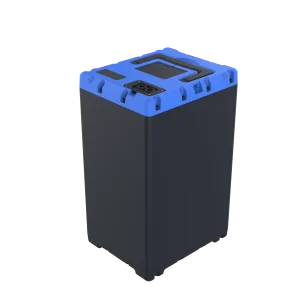



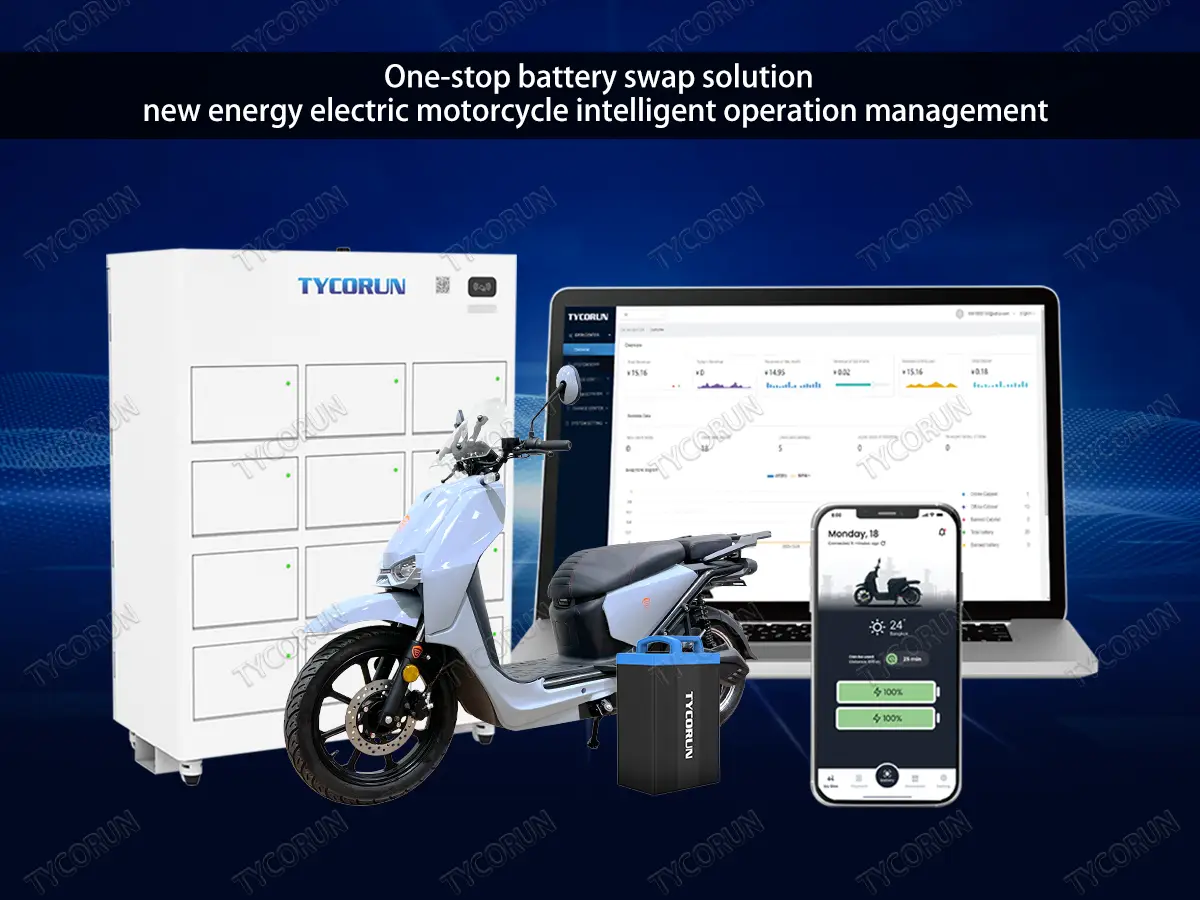
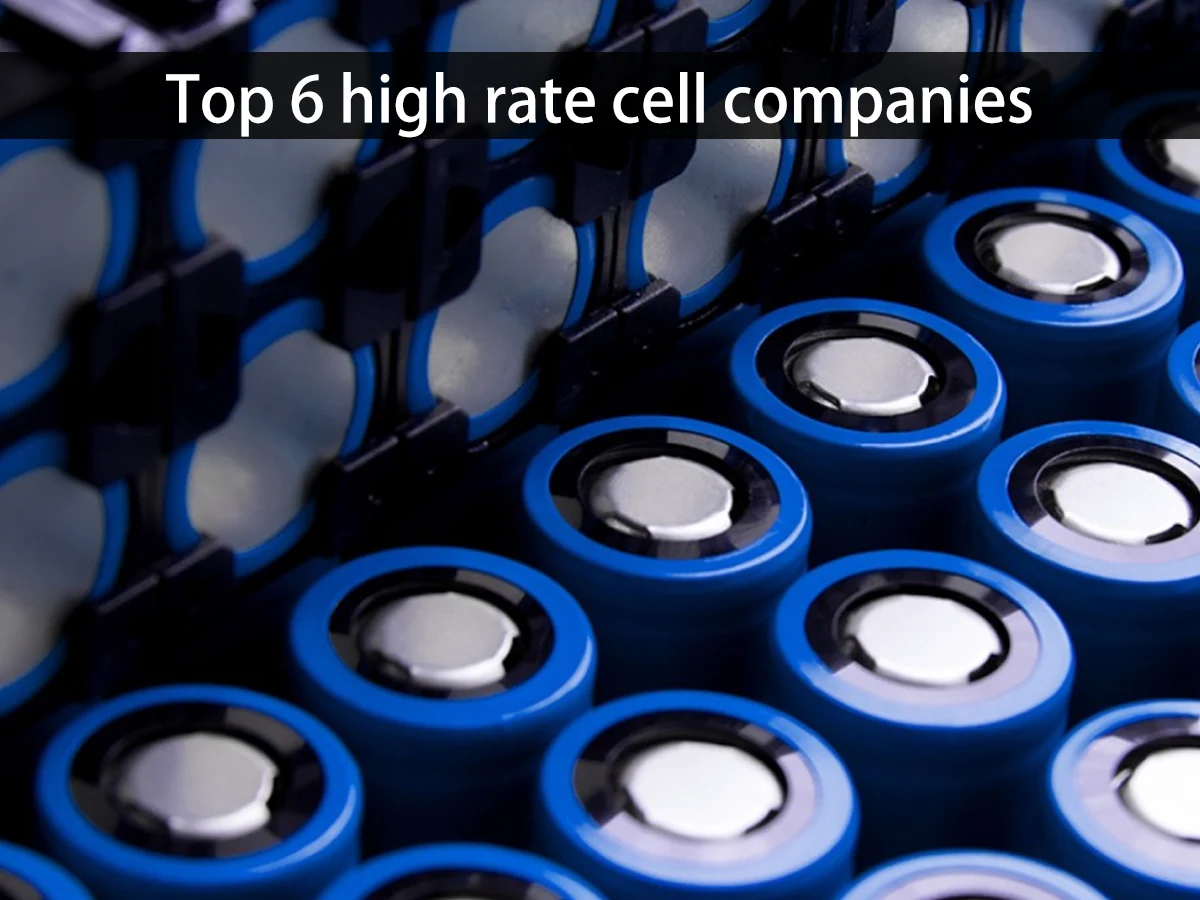
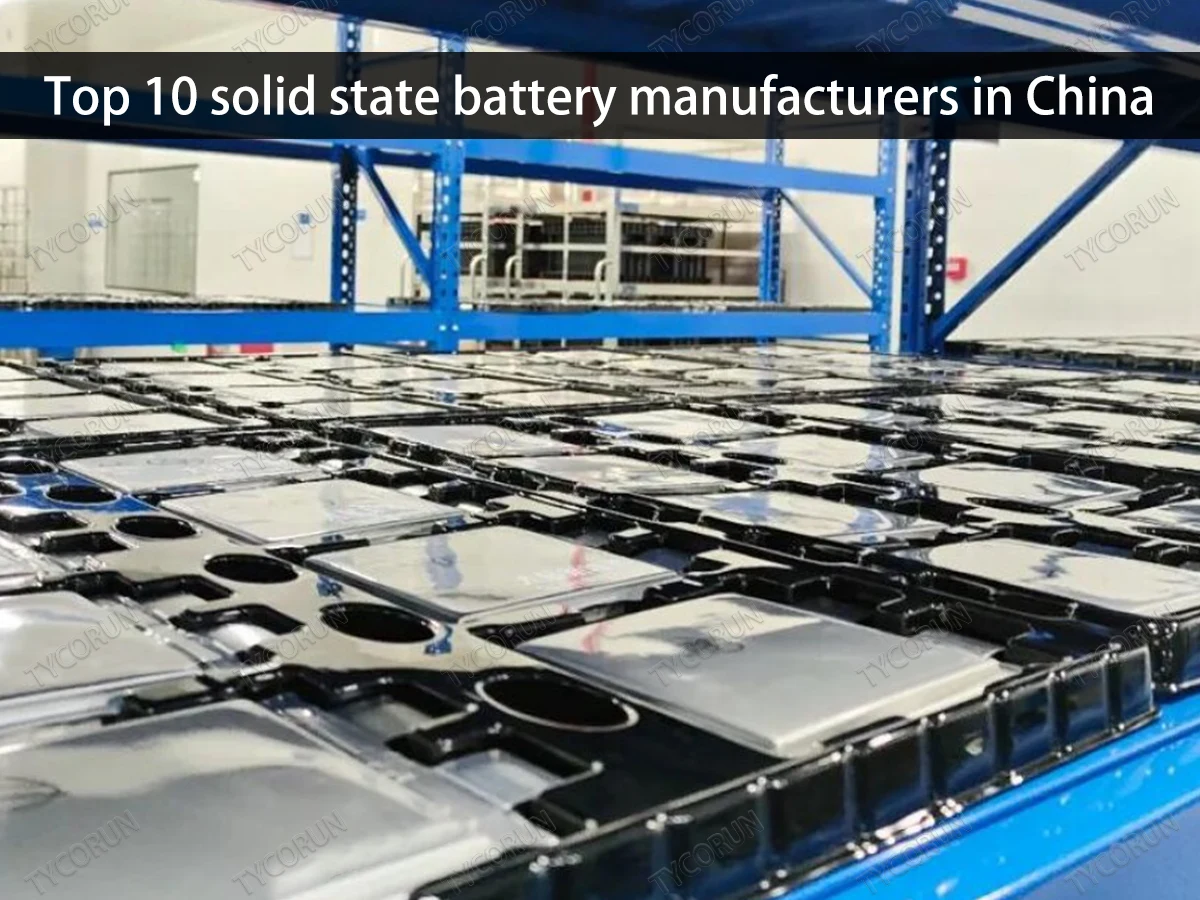










7 thoughts on “What is ternary lithium battery?”
Im still learning from you, while Im making my way to the top as well. I definitely enjoy reading everything that is written on your blog.Keep the aarticles coming. I loved it!
I really enjoy this theme youve got going on on your website.
My brother suggested I may like this blog. He was entirely right.
This post actually made my day. You cann’t consider simply how much time I had spent for this information! Thanks!
Wow, that’s what I was exploring for, what a data!
existing here at this web site, thanks admin of this web page.
This is really fascinating, You are an excessively skilled blogger.
I’ve joined your rss feed and sit up for looking
for more of your wonderful post. Additionally, I have shared your site
in my social networks
Very great post. I just stumbled upon your blog
and wished to say that I have really enjoyed browsing your weblog posts.
After all I will be subscribing to your rss feed and I am hoping you write once more soon!
Thank you for sharing such a well written and informative article.